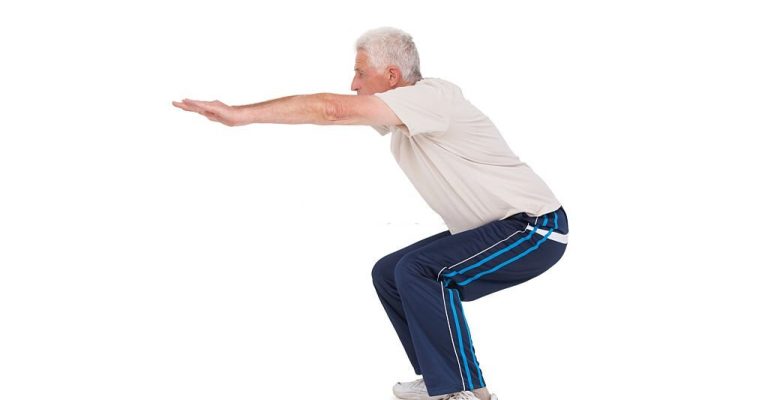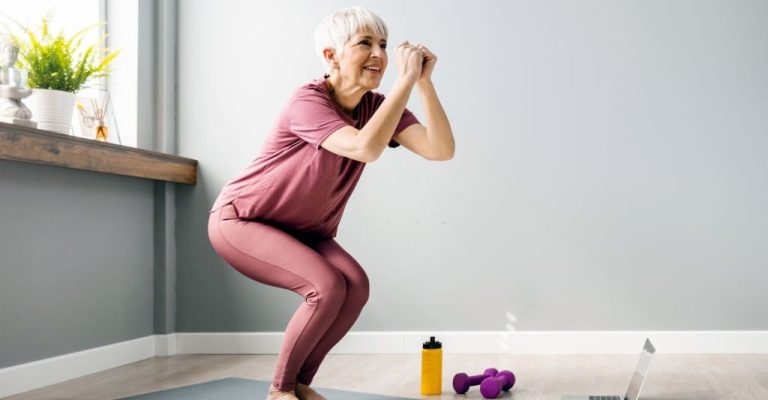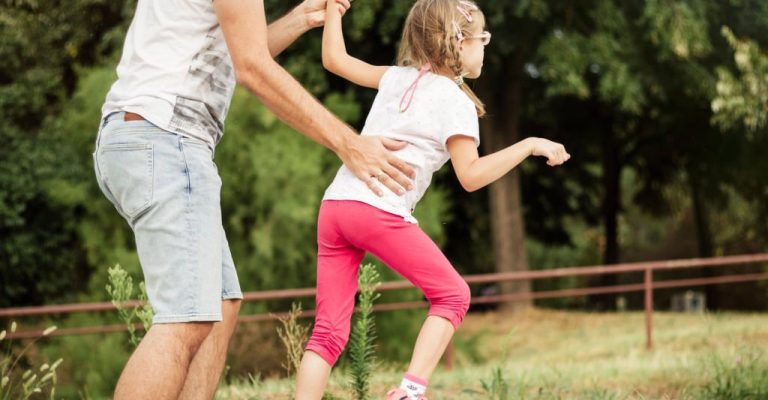
Cerebral palsy is more than just an umbrella term for a group of conditions – it’s a life-long disorder that affects movement and posture, often due to one or more neurological disorders. One particular symptom is cerebral palsy crouch gait, which occurs when the knees are flexed too much during walking.
Crouch gait can be detrimental in many ways; those suffering from the condition may experience hip pain or difficulty engaging in physical activity. However, you don’t have to feel alone if your child suffers from a crouch gait. Plenty of resources are available to help manage this condition and support families affected by it.
This article will explore common symptoms associated with crouch gait, how certain treatments can help relieve these symptoms, and some strategies parents can use to tackle their children’s crouch gait head-on!
Abnormalities in the way you move, termed crouch posture, include:
The term “crouch gait” refers to how a person walks, which gives the impression of being stooping. Spasticity, or spontaneous muscular spasms, is a major contributor to crouch posture. Ineffective neural-to-muscular transmission causes spasticity. This causes the muscles to tighten and stay that way for extended amounts of time.
Traumatic brain injury is the underlying cause of cerebral palsy. The child’s stiffness may be localized to one region or spread throughout the body based on the position of the brain injury. Although neurological injury does not worsen with time in those with cerebral palsy, stiffness can. The inability of the brain to send a relaxation signal to the afflicted muscles causes them to stay tense.
This can cause abnormal walking patterns, such as stoop gait in toddlers with limb stiffness after they begin to walk.
Crouch’s stride is characterized by increased energy expenditure compared to regular walking patterns, which can lead to joint exhaustion and discomfort. The body has to exert more effort to keep equilibrium because of the added stress on the muscles, ligaments, and bones. Furthermore, some muscles are constantly underutilized, while others are under constant strain due to the tightening of the feet, knees, and hips.
As a result, the strain on the joints increases, leading to increased inflammation and persistent discomfort due to muscular dysfunction. Additional problems may arise if limb dystonia is not adequately managed, such as:

Crouch gait is a type of walking pattern associated with cerebral palsy which results in the knees and hips bending at an excessive angle. This particular walking style can harm a child’s physical, psychological, and social development. Physically, crouch gait can lead to impaired balance, decreased range of motion in the hips and spine, joint pain, muscle fatigue, and even deformities if left untreated.
The lack of proper posture and foot positioning can lead to problems with foot arches or ankle instability. Psychologically, children who suffer from crouch gait may feel self-conscious or insecure due to their inability to walk like their peers. Socially it can create a barrier that separates them from their peers, as they may be unable to participate in activities that require running or jumping.
The impact of crouch gait on children with cerebral palsy can be far-reaching and long-term. For example, as a result of their impaired mobility, they may face educational inequalities if they cannot attend school due to lack of accessibility or fatigue resulting from walking difficulties associated with their crouch gait pattern.
They may also miss out on participating in recreational activities, which could bring them social rewards as well as physical activity benefits such as increased muscle strength and improved cardiovascular health.
Having reduced weight-bearing capacity means that exercise regimens such as swimming may not be feasible for those affected by this condition. In addition, those individuals suffering from this type of gait abnormality are prone to orthopedic complications such as joint contractures (permanent shortening) owing to immobility; this further contributes to stiffness in the joints leading to decreased range of motion, thus further impairing walking ability.

Concerning symptoms include a crouching posture or other odd walking patterns. The brain’s adaptive capacity, known as neuroplasticity, can help people with cerebral palsy learn new ways to move. Due to neuroplasticity, damaged areas of the brain can reconfigure their abilities to work with those of a healthy brain.
Regular, targeted practice is the most effective method for activating this mechanism. This increases the brain’s incentive to adjust to the new demands placed on that function. Strengthening neural pathways through repeated exercise.
Instead of always walking with a squat gait, training the brain to adjust and acquire improved walking patterns through regular and constant practice can make walking with a normal gait feel comfortable.
Treatment of stiffness, the primary cause of squat posture in people with cerebral palsy, is necessary for gait correction. Correcting an abnormal walking pattern is typically simpler the sooner it is detected.
Several potential methods for correcting a crouching posture are discussed below.
When it comes to operations for stiffness, SEMLS is the most intrusive. The surgery process begins at the pelvis and continues down to the feet, treating the underlying causes of the muscular misalignment and skeletal abnormality at each stage. Tendon elongation, muscle transfer, and bone reshaping are all examples of SEMLs. Reducing dystonia through joint posture correction does not require central nervous system intervention.
Even if your child’s walking speed or exertion increases as he or she learns to rectify a squat posture, it is crucial to make these corrections to avoid further injury. Orthotics, such as supports and splints, gently loosen tight muscles and encourage healthy joint alignment. Halt any further tightening, etc. Ideally, people can stop using their orthotics altogether once their bodies and brains have adapted to walking with a normal stride pattern.
It’s vital to note that thorough physical treatment is crucial for correcting aberrant gait patterns like squat gait. So even if your kid uses support devices, receives Botox, or has surgery to alleviate stiffness. They will still need to engage in rigorous physical therapy to improve their posture.
Physical rehabilitation activities should be difficult and regular to stimulate neurogenesis and substitute the individual’s current gait pattern. Practicing what you’ve learned in counseling with household activities is also crucial.
Botox is an injectable drug used to reduce stiffness in affected muscles briefly. It prevents muscular spasms brought on by excessive nerve impulses. Since how Botox makes people feel, it’s the perfect time to work on your gait and get it in order. The medication’s effects fade off over time, but the good outcomes obtained through a regular practice of proper walking technique may endure.
During a process known as selective dorsal rhizotomy, the surgeon cuts only the sensory nerve impulses that are too busy. Reducing stiffness by cutting off signals between the limbs and the brain is effective.
The spinal fluid is constantly replenished with baclofen thanks to a device surgically implanted under the patient’s abdominal tissue.
Baclofen, a muscle modulator, can reduce muscular tone in the same way that Botox can. Dosing is reduced in comparison to dietary administration because the medication is injected straight into the cerebrospinal fluid. Nevertheless, the pump needs to be refilled frequently, so baclofen pumps might not be the best choice for treating children.
In adolescents with cerebral palsy, abnormal movement patterns like squat gait are prevalent and can deteriorate over time if not managed consistently. People can avoid the worsening effects of stiffness and the formation of bad habits by quickly recognizing the unusual gait and getting treatment. As a result, you’ll have better equilibrium and stance and experience less joint discomfort over time.